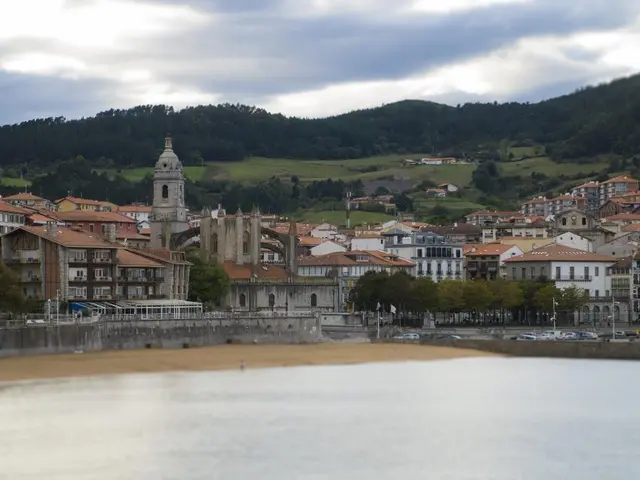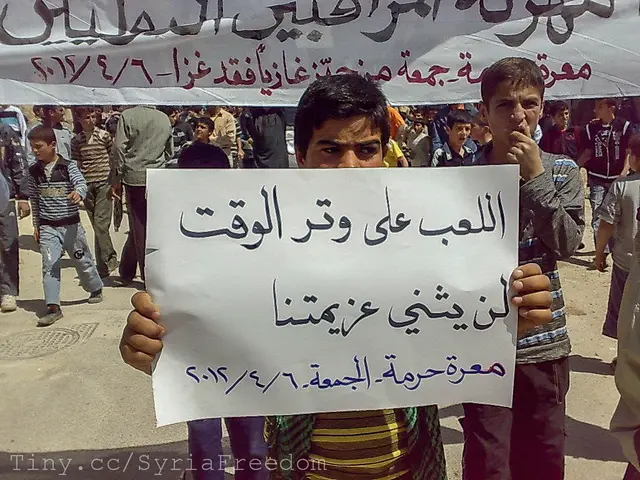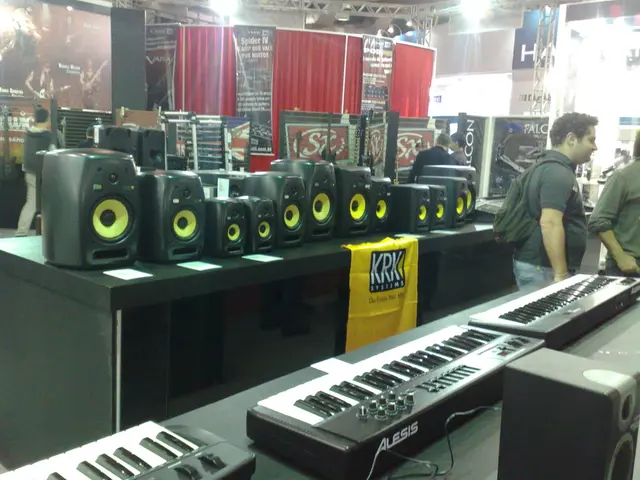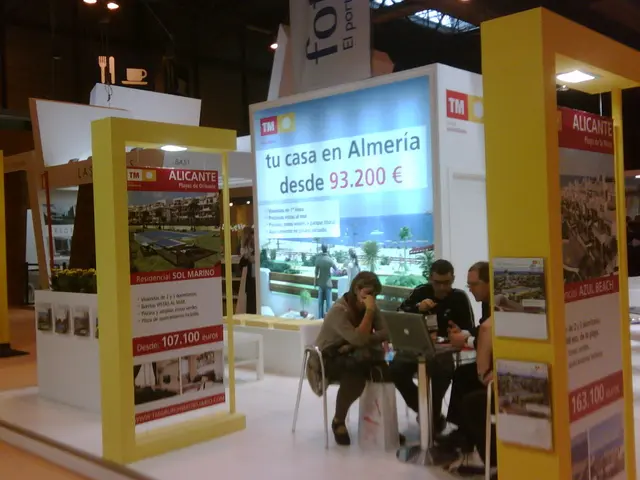Affordable Energy for Nighttime: Does Lower-Cost Electricity Justify its Use for Heating Purposes?
In the past, nighttime electricity tariffs and night storage heaters were popular in Germany, particularly in the 70s and 90s, when a kilowatt-hour of nighttime electricity cost around three to four cents. These tariffs and devices were designed to shift electricity consumption to nighttime, making night storage heating cost-effective.
Night storage heaters are devices that store heat during the night and release it during the day. These were promoted as a way to reduce peak-time electricity usage, allowing for cheaper electricity prices during the night.
However, in recent years, customers have experienced significant price increases for nighttime electricity. Today, a kilowatt-hour of nighttime electricity costs between eleven to seventeen cents. This increase has led some to consider switching to a different electricity tariff.
A two-rate meter, or a second meter, is required to use a nighttime electricity tariff. The monthly basic fee or meter charge for a two-rate meter is usually higher than for a single meter. Customers can determine the cost-effectiveness of their current tariff using an electricity tariff calculator.
It's important to note that not all electricity providers differentiate between daytime and nighttime electricity. Some offer flat rates, which may be more cost-effective for some customers.
According to the second amendment of the Energy Savings Ordinance, climate-damaging night storage heaters can only be used until the end of 2019. After 2019, night storage heaters must be replaced with more efficient heating systems, except for homeowners of buildings with more than five households.
For those still using a nighttime electricity tariff, it might be worth considering switching to a pure peak-time tariff. A pure peak-time tariff could be cheaper than an HT/NT tariff, especially for customers who can adjust their electricity usage to off-peak hours.
Nighttime electricity tariffs are only offered by local suppliers. As of September 16, 2025, the current cheapest energy provider offering a night tariff for night storage heaters is immergrün Energie with the "Spar Smart FairMax" tariff. This applies in several cities including Berlin, Munich, Frankfurt, Stuttgart, and Bremen.
The time when electricity becomes cheaper depends on the respective energy supplier. Customers are advised to check with their provider for specific details.
The German government has recently made a move to phase out electric heaters, making them obsolete. This means that in the future, customers may need to consider alternative heating solutions.
In conclusion, while nighttime electricity tariffs and night storage heaters have been a part of Germany's energy landscape for many years, recent price increases and government initiatives are leading to changes in this area. Customers are encouraged to consider their electricity usage patterns and to compare different tariffs to find the most cost-effective solution for their needs.
Read also:
- Peptide YY (PYY): Exploring its Role in Appetite Suppression, Intestinal Health, and Cognitive Links
- Toddler Health: Rotavirus Signs, Origins, and Potential Complications
- Digestive issues and heart discomfort: Root causes and associated health conditions
- House Infernos: Deadly Hazards Surpassing the Flames








